PRINCESS MONONOKE. Perfect anime masterpiece
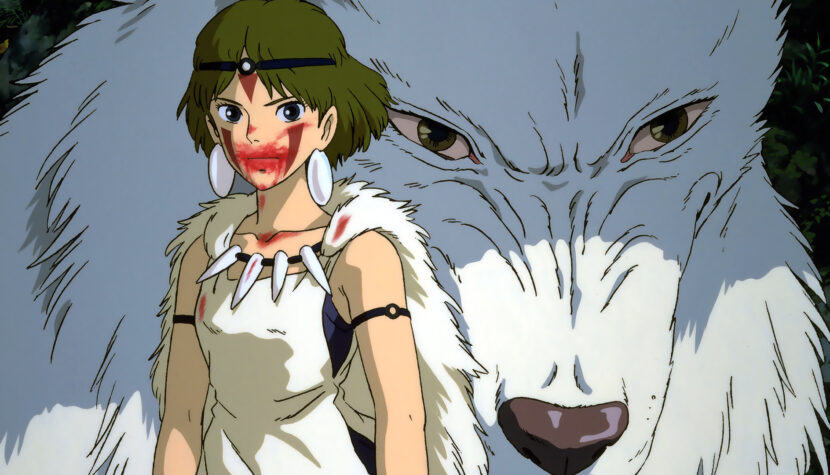
Author: Iwona Kusion
I’ll start with a simple statement: Princess Mononoke is an extraordinary tale, beautiful, touching, intelligent… truly a cinema masterpiece. It’s not often that one encounters works so multi-faceted and perfected in every detail. On one hand, the film is aimed at a broad audience, on the other, deeply rooted in Japanese culture. Not all elements can be grasped right away; I still feel a certain sense of incompleteness. Nevertheless, the creators weave the story in such a way that it becomes a universal narrative, taking on the form of a saga.
A study of hatred
A lot can be said about the director’s name – Hayao Miyazaki. While Asian films may not yet enjoy as much interest in our cultural circle as they deserve, this creator doesn’t need an introduction to people who appreciate cinema. He is the recipient of numerous international awards for his later work, such as Spirited Away, which has permanently etched itself into popular culture. Consequently, his earlier achievements, including Princess Mononoke, have also gained wider recognition. The co-author of the screenplay is another icon of contemporary culture – Neil Gaiman, known for his rich imagination and being one of the more intriguing writers of our time. These two names allow the viewer to have high expectations of the creators.
The story can be examined on several different levels, but they complement each other perfectly, forming a cohesive picture. First and foremost, it is a study of hatred, showing where this emotion can lead. At the same time, the carriers of this “disease” are not depicted as fundamentally evil beings. Another important aspect that deserves attention is the historical setting of the work. It serves as the backdrop for the events and professionally references the past, situating the story in a specific place and time. The creators attempt to capture the moment of change that Japan was undergoing at that time. Lastly, another element is the reference to myths and legends. All of this is wrapped up in a cleverly constructed plot.
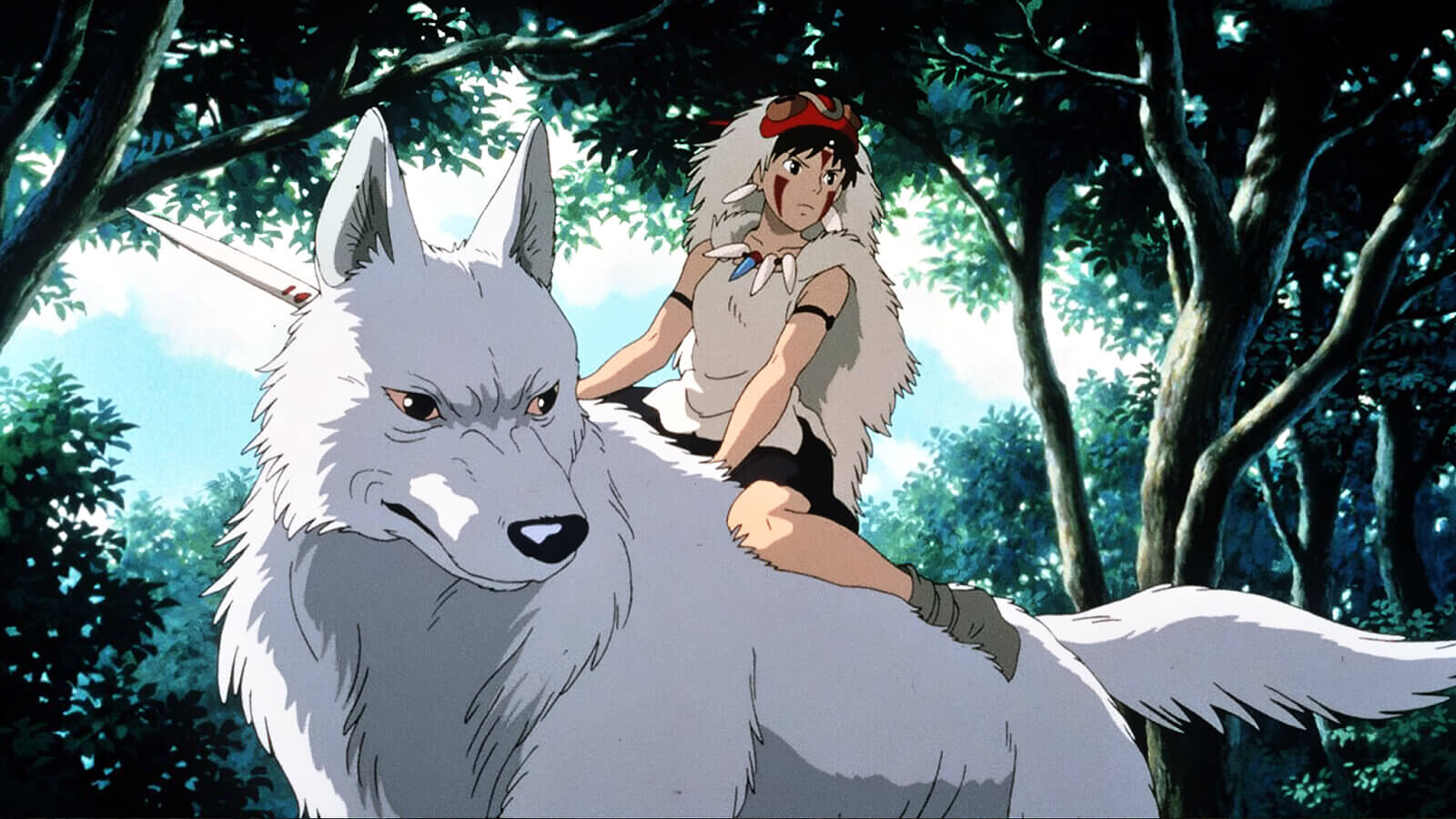
Evil in Princess Mononoke
To begin this story, we must travel back in time to 15th-century Japan, a country engulfed in war and, at the same time, transitioning into a new reality marked by environmental devastation. Outside of these realities lies the Emishi clan, which, although it managed to defend its independence, has become nothing more than a myth, and people believe that it disappeared centuries ago. From a historical perspective, this is true, but the creators of Princess Mononoke have left a handful of clan members and wonderfully integrated them into a world where a battle between ancient gods and humans, supported by technology, is about to unfold. The clan, living outside the emerging civilization, a relic of ancient times where hatred and the desire for murder had not yet crept in, unfortunately cannot fully isolate itself from evil. Evil infiltrates their remote land in the form of the boar god Nago, transformed into a demon.
Facing him is the young prince Ashitaka. In defending his village, he asks the beast to leave, and when that doesn’t work, he kills it. However, he is cursed, and his body begins to be consumed by the same disease that turned the god into a monster. The hero must cut his hair and hide his face, emphasizing that he is losing his family, friends… his entire past. What lies ahead of him is an encounter with destiny, which becomes the act of seeing what one can “…see with eyes unclouded by hate…” Thus, the demon symbolizes another distant world engulfed in war, which turns out to affect even those who are not engaged in it. Ashitaka must now face a much tougher trial – to defeat the beast that is being born within him – and this is where his journey begins. It’s worth pausing for a moment at the prologue of Princess Mononoke because even in it, we see the attitude of the Emishi family members, so different from what the young prince will soon encounter. It’s worth remembering this moment because perhaps only those who have passed away for others can resist the prevailing evil.
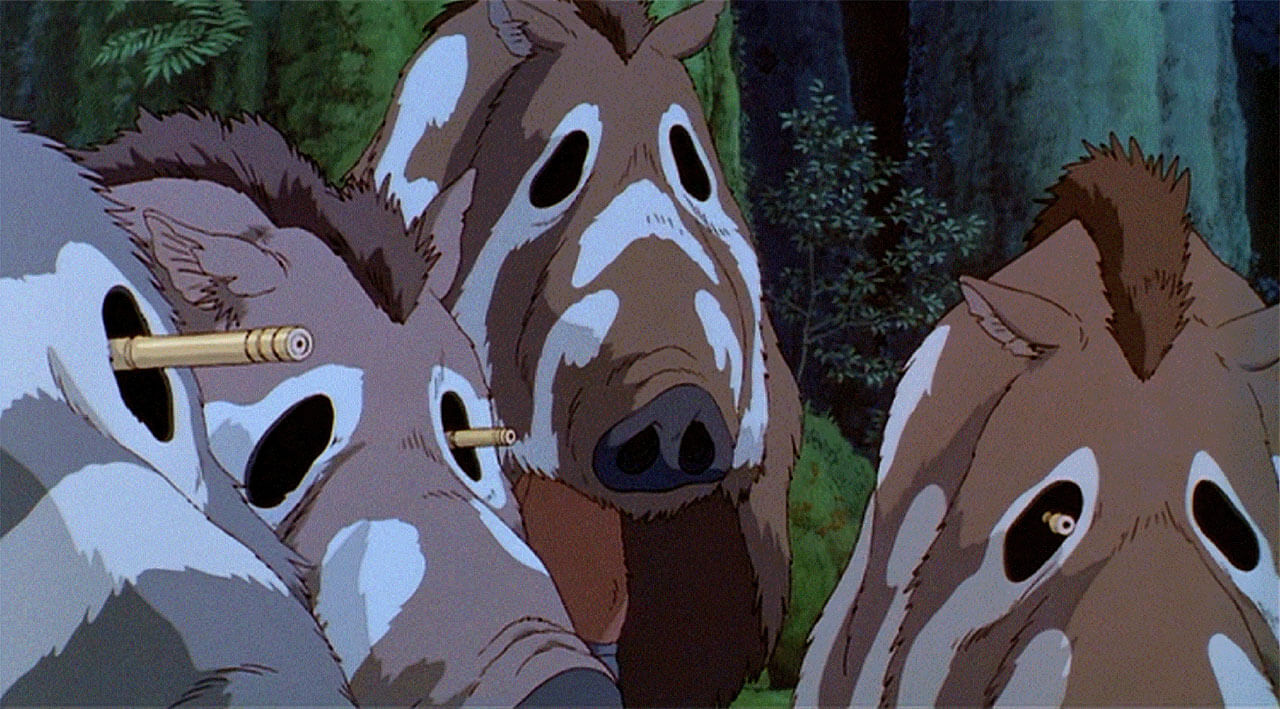
Sengoku – country at war
When Nago dies, the old woman begs him for peace and the forgiveness of her clan. However, the god refuses to listen, announcing that everyone will suffer as he has suffered. For the first time, it is hinted that the film is about what so strongly drives humans, causing the world to slowly die, that is, hatred. Not even the gods can escape it. Ashitaka also succumbs to it. The first battle, after which he witnesses the massacre carried out by samurais and in which he is involuntarily involved, ends with him killing one of the attackers. However, he does not decide their fate; it is evil that slowly envelops him, taking control of him for the moment. It will remind him of its presence several more times, despite his desperate attempts to fight it. The Princess Mononoke creator’s message here is clear: what destroys humans and pushes them toward inflicting suffering is within them, although it is determined by external events (hatred is aroused by the sight of suffering). Ashitaka does not pass judgment, he does not define evil unambiguously; he feels guilty that people died by his hand. Regardless of who they were, the prince believes that it is not his role to decide on life and death. He understands that although fury may have different causes, the result is always the same.
This attitude in Princess Mononoke is entirely out of place in the context of that era. It was the period of the Onin War (1467-1477), characterized by the use of all available weapons and the devastation of the country. In history, this period was called sengoku, which simply means “country at war.” It was also a time when iron production began on a large scale. The Japanese world began to undergo a complete transformation, and a new society was born from this chaos. The state was torn by conflicts, with no established class structure yet. Miyazaki captures this historical moment perfectly. The backdrop of events fits wonderfully with the portrayal of multifaceted struggle, where victories are all too often pyrrhic, paid for dearly with the loss of life, values, or a break from tradition.

Progress
In Princess Mononoke technological progress symbolizes Lady Eboshi’s Iron Town (Tatara-ba). The ruler focuses on building the most effective firearms (an innovation; firearms appeared much later historically, and by introducing them, the author seems to want to place this period in a broader context, considering it as a whole of changes that occurred). These weapons are intended to serve conquests. Ashitaka learns that Nago turned into a demon because her people shot him. Bullets were not enough to kill the god, but they were enough to make the creature consume hatred, causing fury. The destruction of the god had material motives, as the area inhabited by ancient gods was an ideal place to mine metal. This also depicts the consequence of Japan’s development in the 15th century when iron ore began to be extracted, accompanied by the cutting down of more and more trees. The era of industrial economy began, which could not be stopped, and the destruction of the forest also became a tool to fight its inhabitants, often taking the form of aggressive devastation.
Finally, Princess Mononoke also portrays the conflict between two sides, within which there is also no consensus. The animal clans cannot unite, and Lady Eboshi must defend her people against samurai attacks. During the Onin War, such clashes were common. Although there were two antagonists, internal wars became commonplace. The two different worlds also symbolize the conflict of values and the detachment from tradition, when humans lose faith in the gods. They are ready to perceive them only as an idea, and as real beings, they pose a threat, occupying space that could be exploited. Conflict is inevitable.
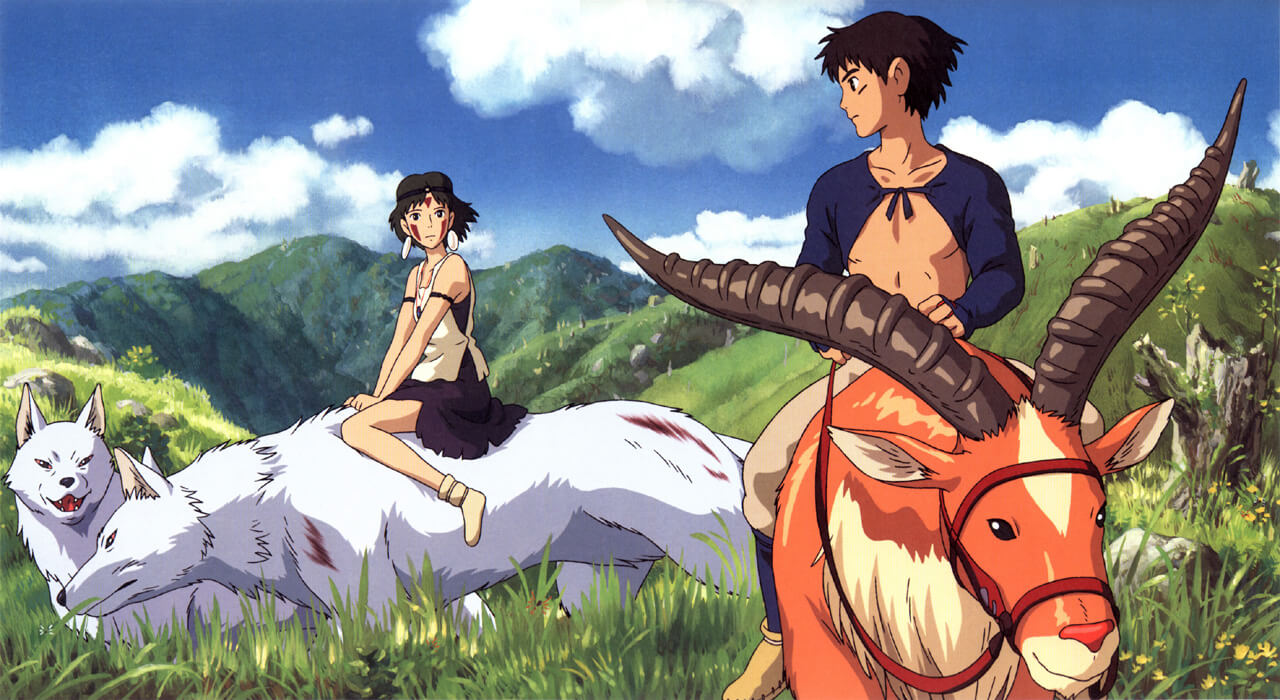
Princess Mononoke
In the world of animals, there is San, the Princess Mononoke, who denies her humanity. She considers herself a wolf and is possessed by the mission to kill Lady Eboshi. She also seems to symbolize free will. She believes that what defines a person is not who they were born as but who they want to be. San has made her choice and in doing so, becomes a threat to humans. Hence the name “mononoke,” which the Japanese use to refer to spirits of creatures or even inanimate objects, often blaming them for evil deeds. San is seen as a curse, a Princess of Mononoke, belonging to the world of gods and nature, leading a wolf clan (which puts her in conflict with other animal clans), blinded by hatred, and willing to sacrifice her life to take it from Lady Eboshi.
There are no black-and-white characters in Princess Mononoke, so her opponent is not a person symbolizing the worst of human nature. She is a woman who, on one hand, is ruthless and desires to destroy the world of gods, but on the other hand, she loves her subjects and is the only ruler who cares for lepers. I’m not sure if the analogy is intentional, but it brings to mind the legend of Empress Komyo, who lived in the 8th century and showed her mercy, for example, by washing the poor. Among them was a leper whom the empress did not reject. Thanks to this, he went to heaven, and Buddha showed his favor to Komyo. Similarly, Eboshi, because of many of her qualities, deserves recognition. However, by invoking Buddha, another aspect could have been addressed – the abandonment of the old religion for the new. Therefore, the animals are doomed to failure from the start.
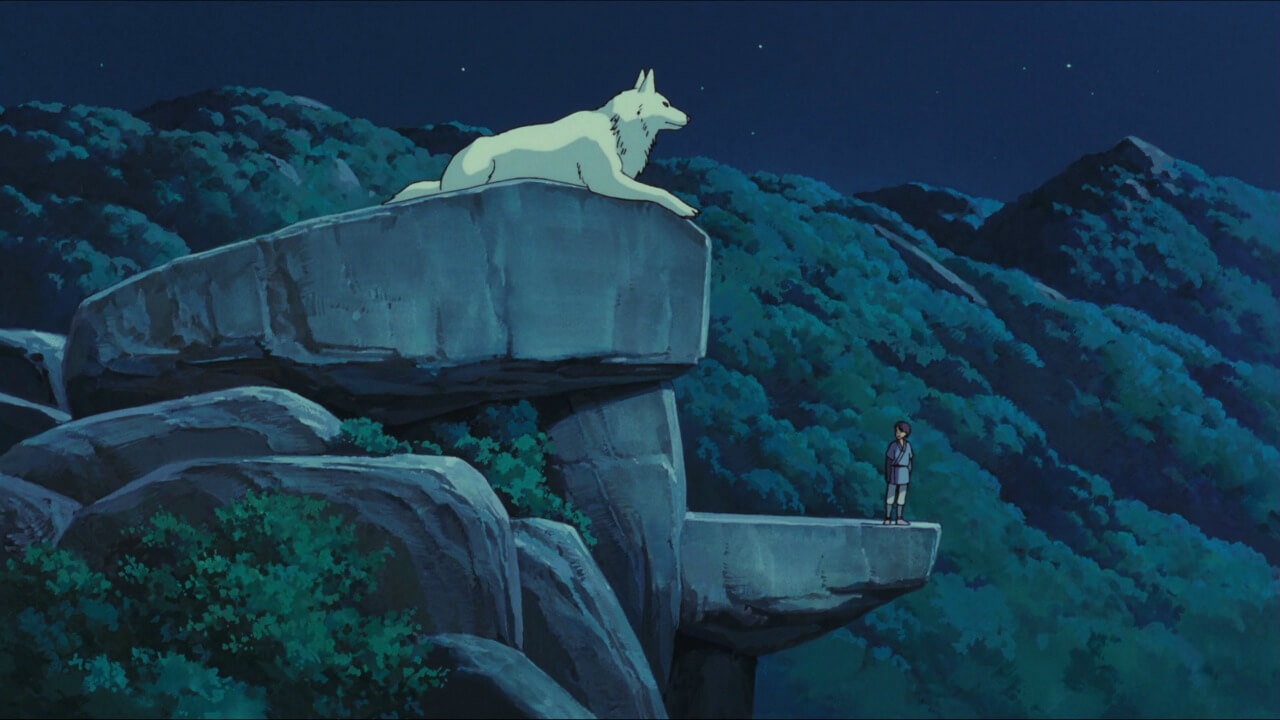
Love is strong, but not as strong as hatred
What unites all the characters of Princess Mononoke is hatred, from which only the young prince, a relic of times gone by, is able to free himself. By creating this character, the creators also draw attention to the role of a leader. There’s a scene in the film when Ashitaka saves a wolf from the battlefield. When Lady Eboshi’s allies want to stop him, he appeals to the reason of her subjects, who then side with him. It turns out that a crowd, led by a rational person, can succumb to this character trait. The prince is rewarded with the removal of the curse, but he must adapt to the new reality. He can no longer live as an impartial peacemaker, suspended between two worlds. The saga ends when the hero helps to rebuild the town. Lady Eboshi also realizes her mistake, although there is no escape from technology. People can see how much harm they have done, but how long will reason last? That the film does not answer…
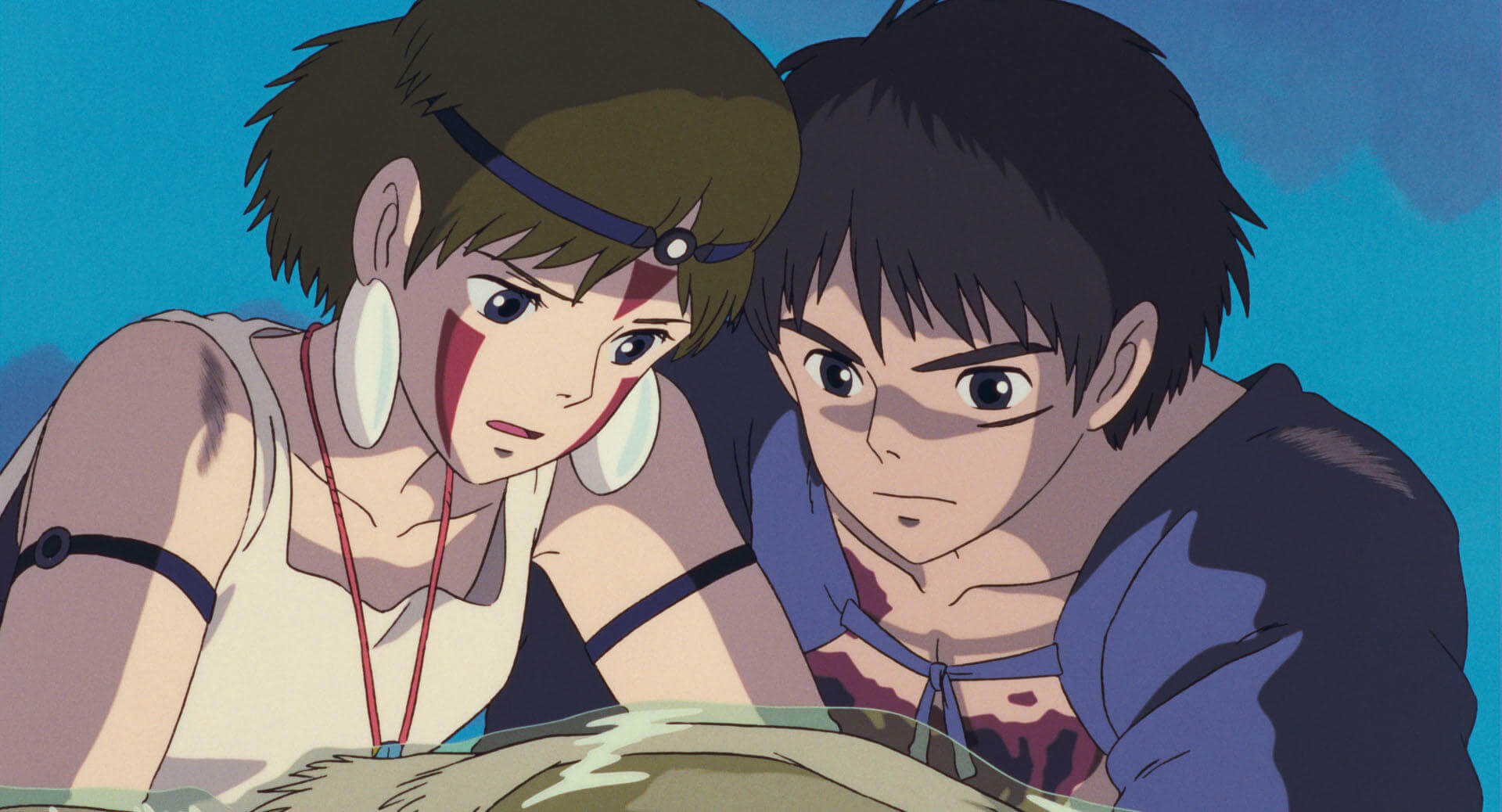
Princess Mononoke also doesn’t rely on easy optimism. The creators don’t reveal whether people have actually learned anything. Remember that the Sengoku period did not end with the Onin War. On the contrary, it was only a prelude to the wars that consumed Japan for many decades to come. Likewise, in the film, hatred is not annihilated. San leaves despite the love that binds her to the prince. She explicitly states that she will not forgive humans for what they have done. Love is strong, but not as strong as hatred. San’s departure does not only symbolize the fact that technology and nature are two opposing elements, but it also shows what destructive emotions can lead to. It cannot be overcome even by pure and true love. Therefore, it is impossible for wars to ever cease. It is not a groundbreaking revelation to say that humans have a tendency towards self-destruction. Miyazaki shows that there is hope, but it remains beyond the reach of the average person, who views the world with eyes blinded by a desire for revenge and cannot forgive. It is difficult to fight the demon within. Ashitaka succeeds in doing so, and it is his victory, but can one man make a significant difference? A wonderful moment is the death of the Forest Spirit. San says:
– The Great Forest Spirit is dead…
To which she hears the response:
– Never. He himself is life, he is not dead, he is here now, trying to tell us something…
Unfortunately, not everyone understands this. The death of the Forest Spirit unites the antagonists, but is it really a guarantee of a change in their hearts, a change in their attitudes? It seems to me that the historical period in which the action is set provides an answer to this question. People were given a chance at life, a chance at rebirth and forgiveness, but they were unable to seize it.
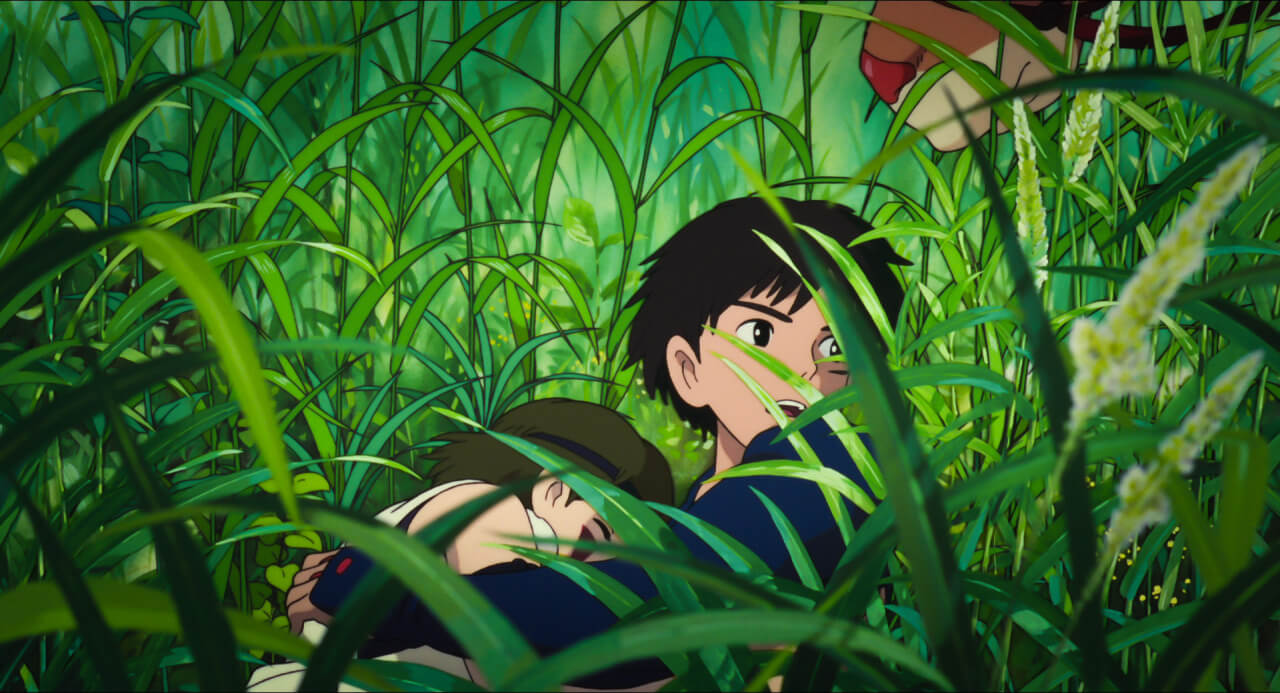
Princess Mononoke – objectivity and accuracy
I appreciate the extraordinary objectivity in the presentation of this story. The filmmakers do not take sides. As already emphasized, in Princess Mononoke, there is no definitive good or evil. The gods are not just fighting for survival; they are driven by hatred. Only Ashitaka and the Forest Spirit are above it.
Miyazaki, in creating this saga, paid attention to details. In addition to placing the action in a specific time and place based on current archaeological knowledge, he recreated Ashitaka’s village and Iron Town. The same applies to clothing and weaponry. Even the irregular shapes of the half-eaten rice balls are depicted with remarkable precision. Such attention to historical accuracy in an animated film that tells a largely mythical story may be surprising, but it simply shows the competence of the creators.
Other references are presented in an interesting way, not only drawing from archaeology and placed among historical facts but also touching on ancient beliefs. For example, the two tails of Moro (San’s adoptive mother), which are a sign of her divinity, or Nago as a demon taking the form of a spider, which is a mononoke, casting curses on people (in legends, it appears as an earth spider – Tsuchigumo).
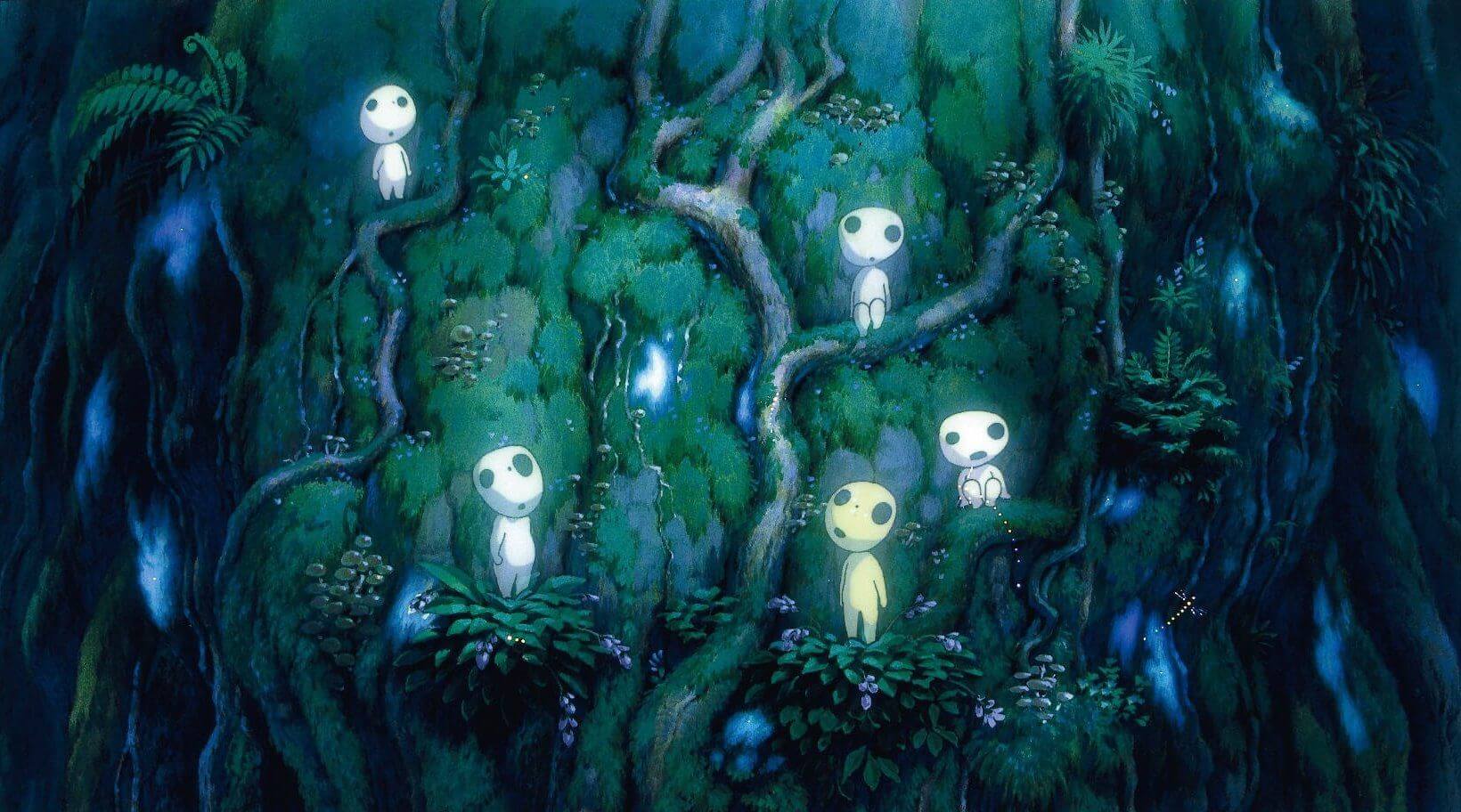
Another fascinating aspect is the offspring of Moro, which is smaller, not as impressive and dignified as she is. Gaiman in his excellent book American Gods presents gods stripped of glory, dependent on belief. Humans created them and then abandoned them. It’s similar here, except that humans not only forget what they believed in but also deny the gods the right to exist. A sad picture of humanity emerges from this story.
Closing remarks
As a closing remark, it’s impossible not to mention the animation and the music. The animation in Princess Mononoke is characterized by vibrant colors, attention to detail, and a captivating depiction of landscapes. Meanwhile, the soundtrack ranks among the most beautiful I’ve ever encountered, and I enjoy listening to it every time. The compositions are diverse, ranging from serene pieces that accentuate the mood of the moment and the beauty of nature to dynamic ones that describe the frenzy of battle. Moments of danger, death, and eventual tranquility are beautifully portrayed. The magnificent music fully complements the visuals, devoid of unnecessary elements, carefully considered, and intelligently presented, without sensationalizing violence, even when depicting it in a repulsive manner. But is this not the reality?
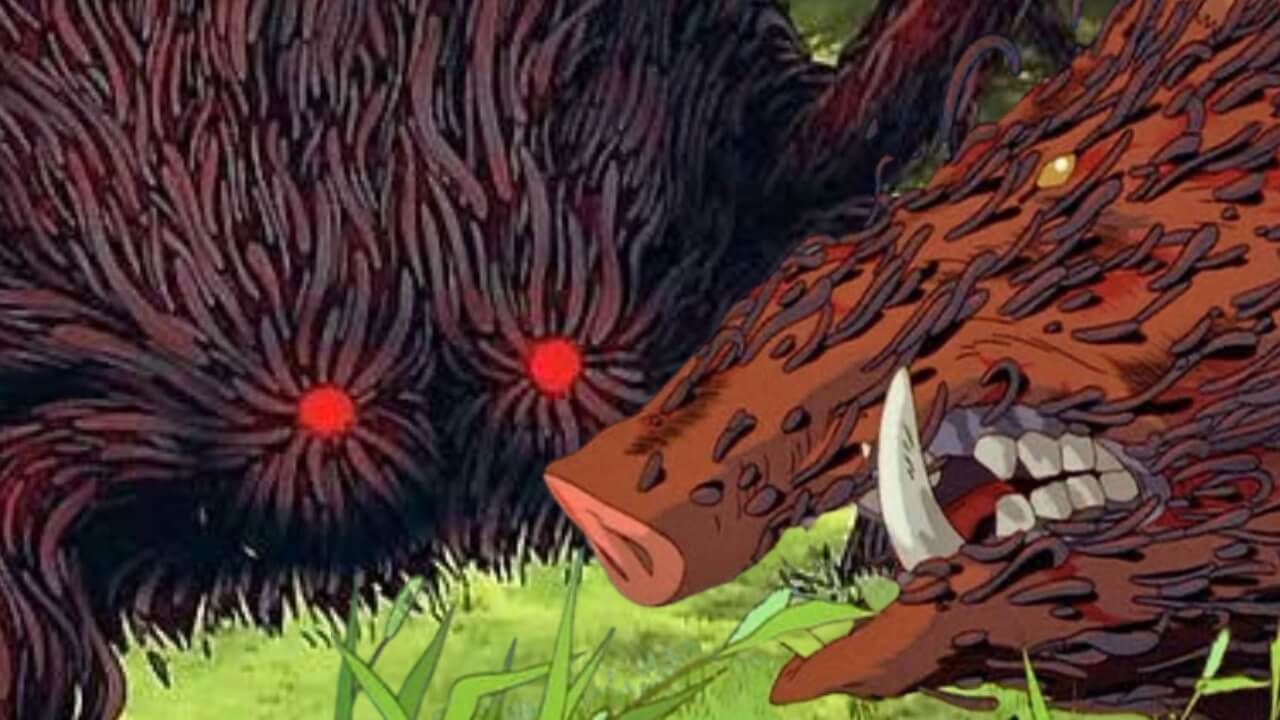
The film does not shy away from depicting reality literally while maintaining its fairy-tale quality. What leaves one speechless is precisely how it portrays the power of nature. Slow-moving clouds against a clear sky, sun rays piercing through the treetops, or raindrops falling on warriors – these visuals are stunning. The storytelling’s poetic nature allows Princess Mononoke to enchant with its beauty, beneath which lies profound substance. In this narrative, everyone can find something for themselves.

